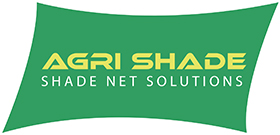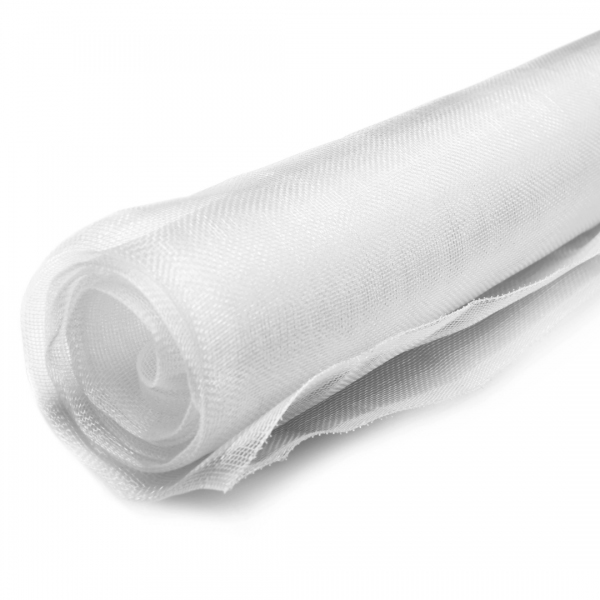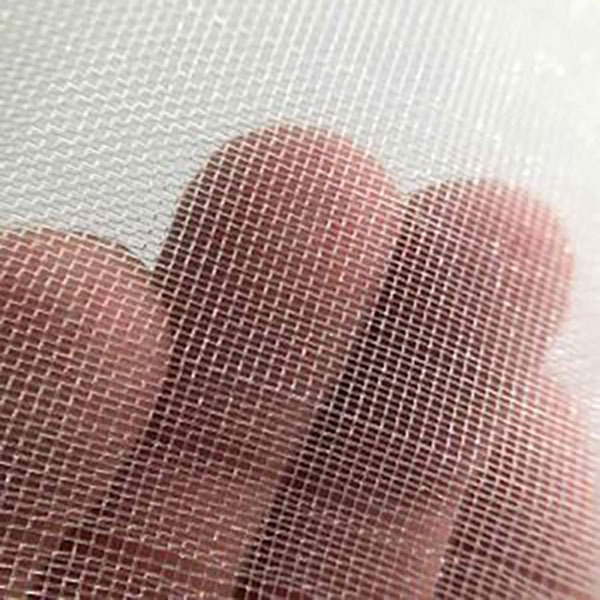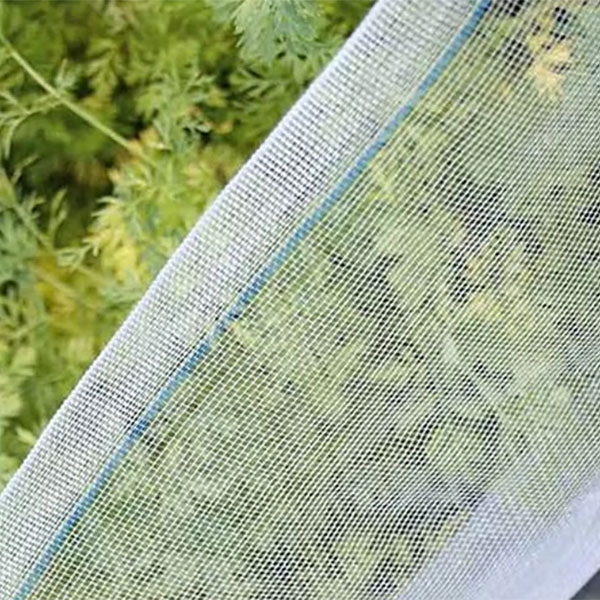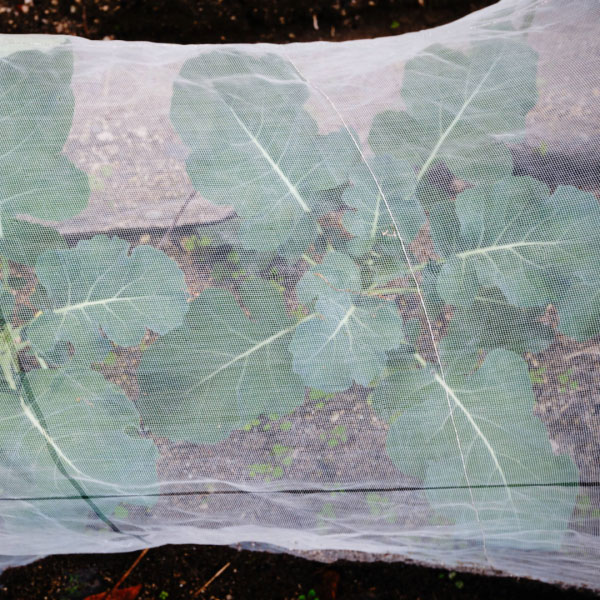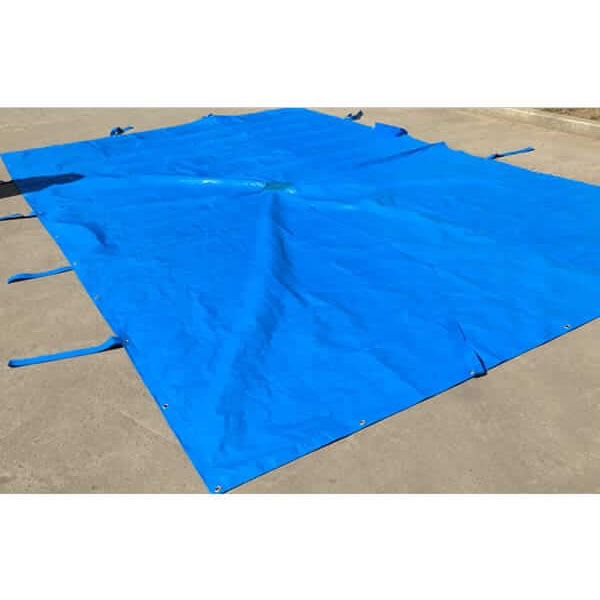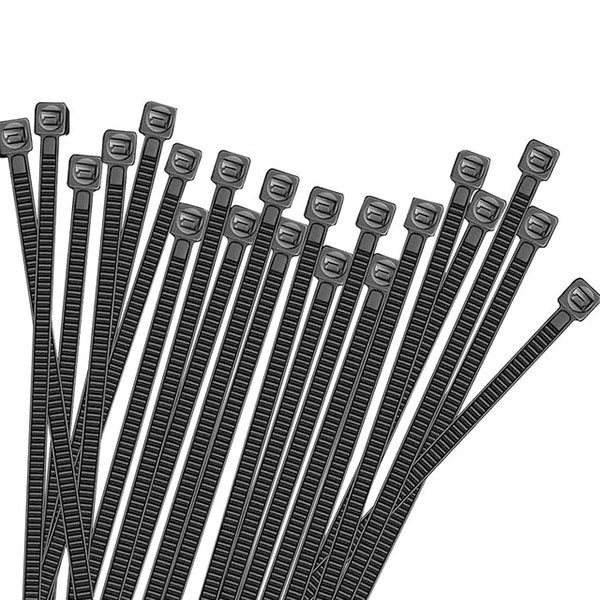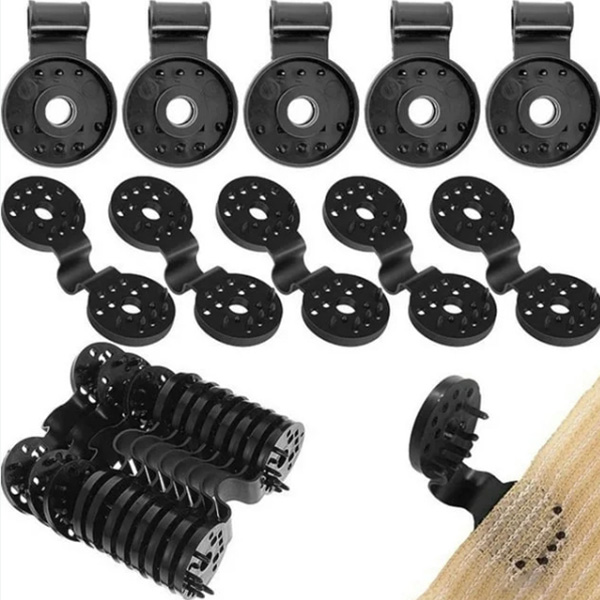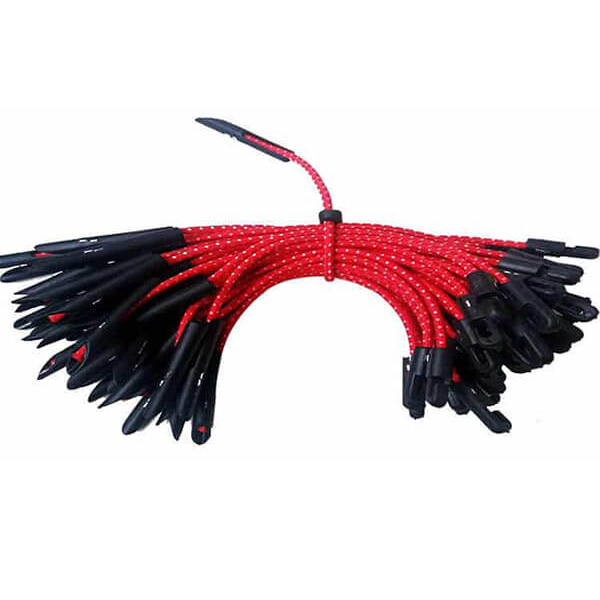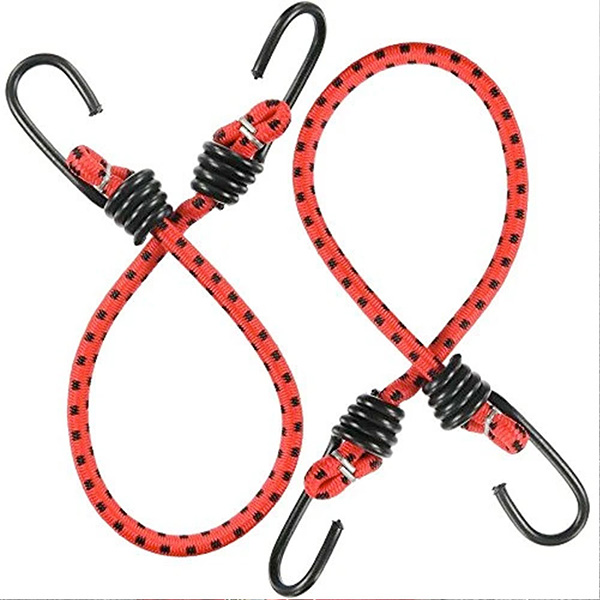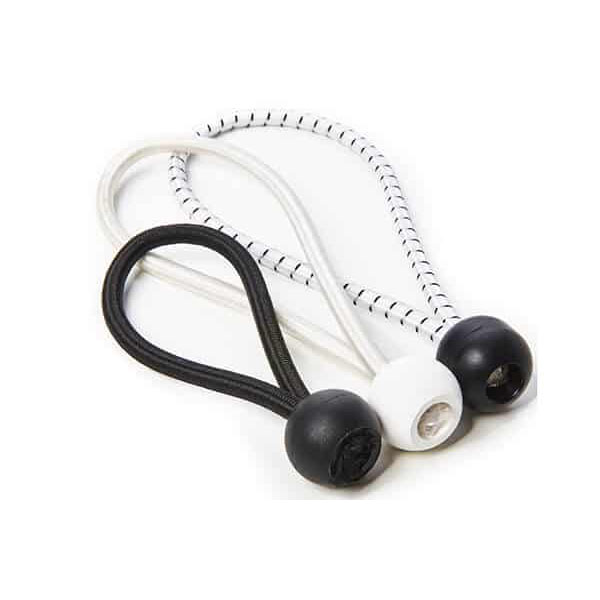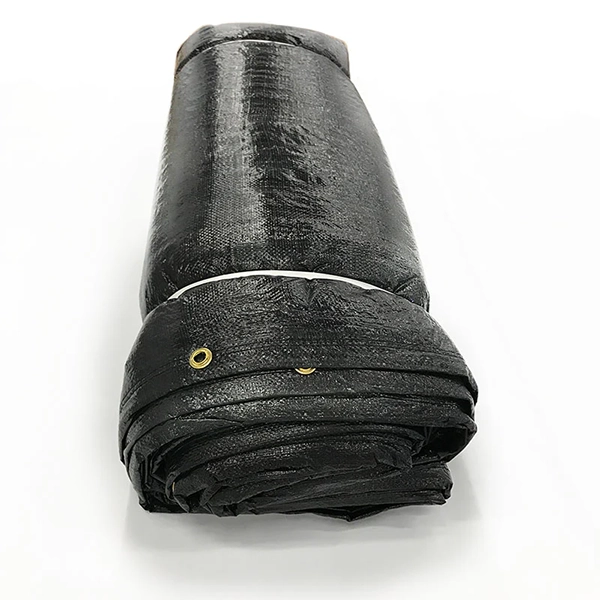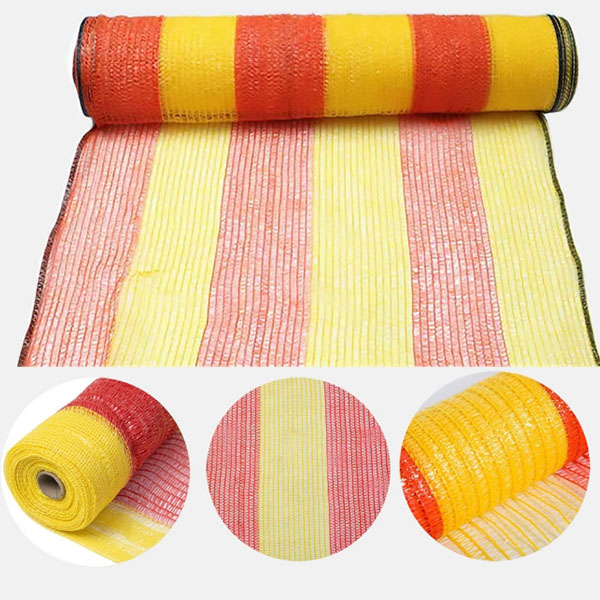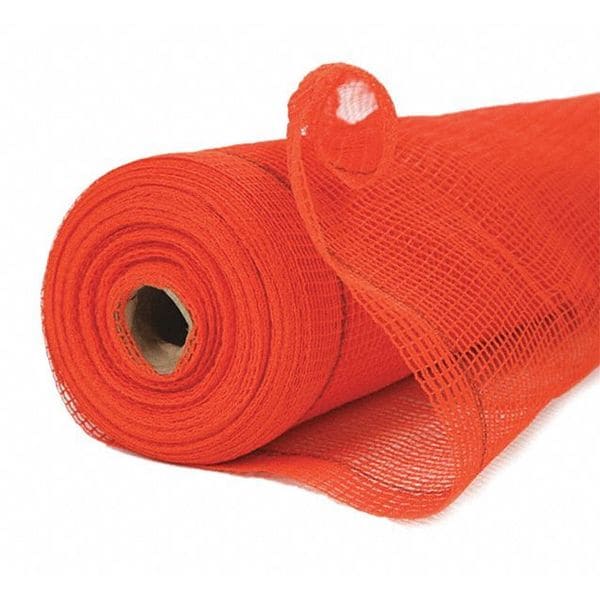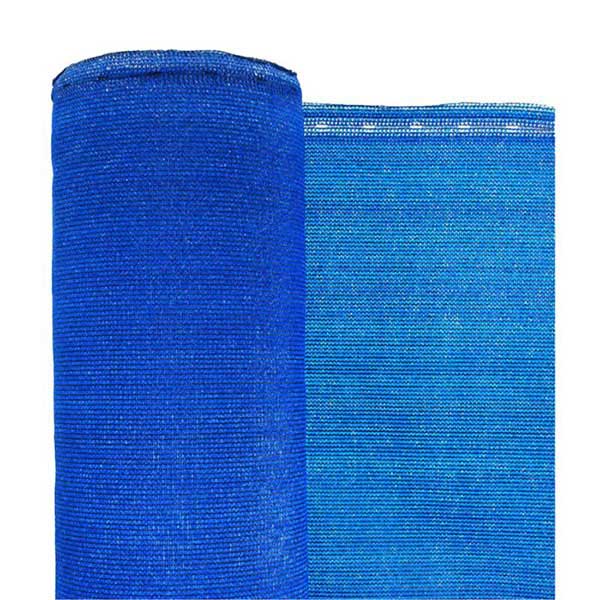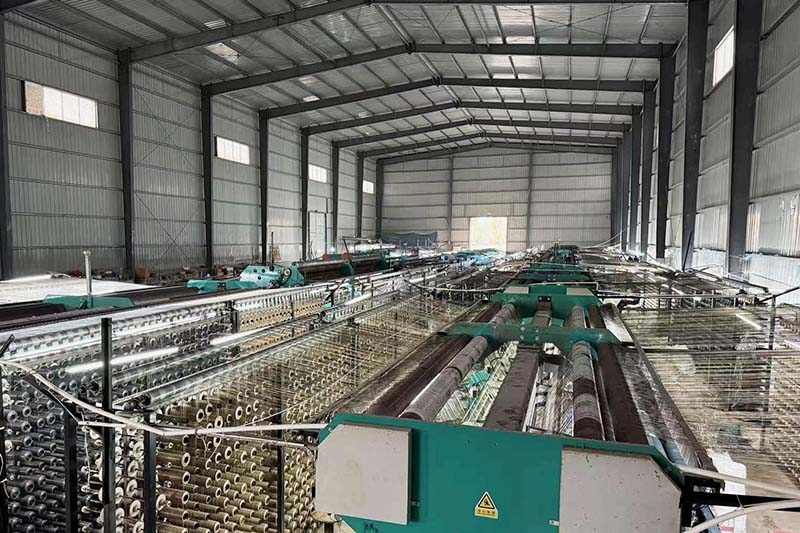FAQs About Anti Insect Net
1. What is an anti-insect net?
An anti insect net is a mesh fabric designed to block harmful insects like whiteflies, aphids, and thrips from damaging crops. Widely used in greenhouses and open farms, it acts as a physical barrier that reduces the need for pesticides. By preventing insect infestations, insect nets promote healthier plant growth and improve crop yield sustainably.
2. What is the purpose of an insect net?
Insect netting creates a barrier that stops flying and jumping insects from reaching plants. It helps prevent insect-borne diseases and minimizes physical damage to vegetables, fruits, and flowers. Farmers and gardeners use insect nets in greenhouses, shade houses, and open fields to protect crops especially during vulnerable growth stages.
3. Does rain get through insect mesh?
Yes, insect nets are made from high-quality polyethylene material that allows rainwater and air to pass freely. This ensures crops receive natural irrigation and proper ventilation while staying protected from pests. Proper installation prevents moisture buildup on leaves, reducing the risk of fungal diseases and promoting healthy crops.
4. How to use an insect net?
To use insect nets, cover the crops or areas needing protection and secure all edges tightly to avoid gaps. In gardens, nets can be draped over plants or fixed on frames. In greenhouses, nets are installed on vents and tunnels. Edges should be buried or fastened to block crawling insects. Tight installation is key to effective pest exclusion.
5. Does netting stop slugs?
No, insect netting does not stop slugs because they move at ground level and are not airborne pests. Slugs bypass nets by crawling under or around them. For slug control, combine insect netting with additional methods like copper tape barriers, raised beds, or organic slug pellets for better protection.
6. What size mesh to keep insects out?
Mesh size depends on the type of pests to block. For tiny insects such as aphids and whiteflies, fine mesh nets with 50 mesh (about 0.25 mm openings) work best. For larger pests like beetles or moths, coarser nets between 25 and 32 mesh offer good protection while maintaining airflow and light transmission.
7. How to choose insect netting?
Choose insect netting based on the pests common in your area, the crop’s sensitivity, and environmental conditions. For delicate greenhouse crops, fine mesh nets with UV protection are recommended. For open-field farming, durable and tear-resistant nets suited for outdoor use perform better. Proper choice ensures pest control without compromising crop health.
8. Do bug nets stop spiders?
Fine mesh insect nets (50 mesh or finer) physically block spiders from entering protected areas. However, spiders are beneficial predators that help control harmful pests. Therefore, excluding spiders is not usually necessary in agricultural settings and can disrupt natural pest balance.
9. What are the different types of insect nets?
There are several types of insect nets: fine mesh nets mainly for farming, mosquito nets for personal use, shade nets that block sun and insects simultaneously, and crop protection nets. Each serves different purposes based on the application environment and target insects or conditions.
